I missed putting up John Avise’s bird photos yeterday as I was suffering from the effects of insomnia, which seems to have returned. However, we’ll have John’s photos today: a continuation of his series on South African birds. John’s captions are indented, and you can enlarge the photos by clicking on them.
South Africa Birds, Part 8
This is the penultimate batch of photos in my mini-series of posts on birds that I photographed in South Africa during an extended seminar trip in 2007. The intent of this series has been to introduce readers to some of the avifauna in this part of the world, and also to help prime Jerry for his upcoming trip to South Africa.
Red-eyed Dove (Streptopelia semitorquata):
Red-faced Cisticola (Cisticola erythrops):
Red-faced Mousebird (Urocolius indicus):
Red-headed Finch (Amadina erythrocephala):
Red-knobbed Coot (Fulica cristata):
Saddle-billed Stork (Ephippiorhynchus senegalensis):
Southern Black Tit (Parus niger):
Southern Ground Hornbill (Bucorvus leadbeateri):
Southern Masked Weaver, female (Ploceus velatus):
Southern Red-billed Hornbill (Tockus rufirostris):
Southern Yellow-billed Hornbill (Tockus leucomelas):
Southern Yellow-billed Hornbill flying:
Speckled Mousebird (Colius striatus):
Speckled Pigeon (Columba guinea):
Karoo Prinia (Prinia maculosa):
Streaky-headed Seed-eater (Crithagra gularis):


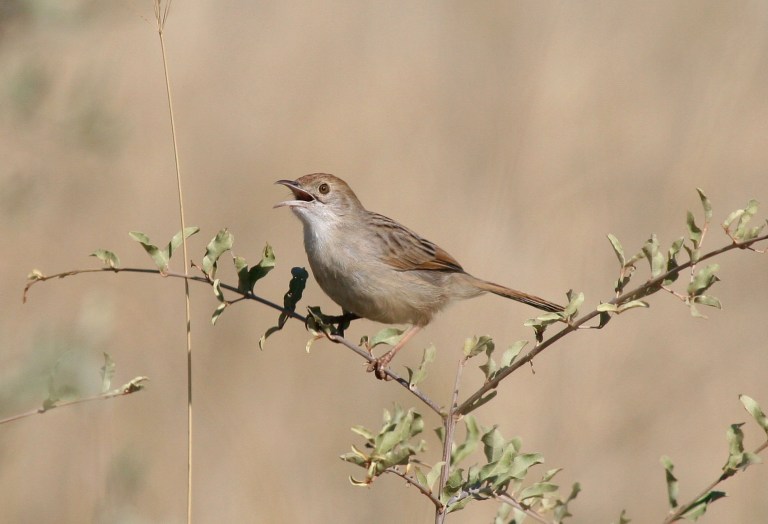
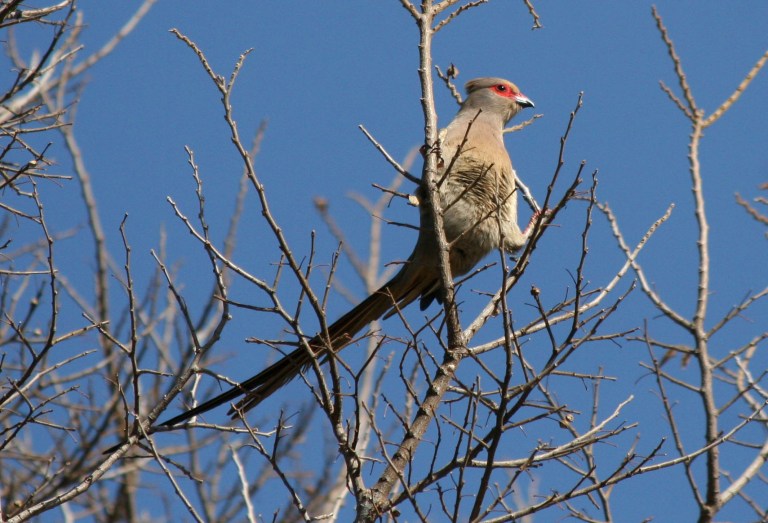


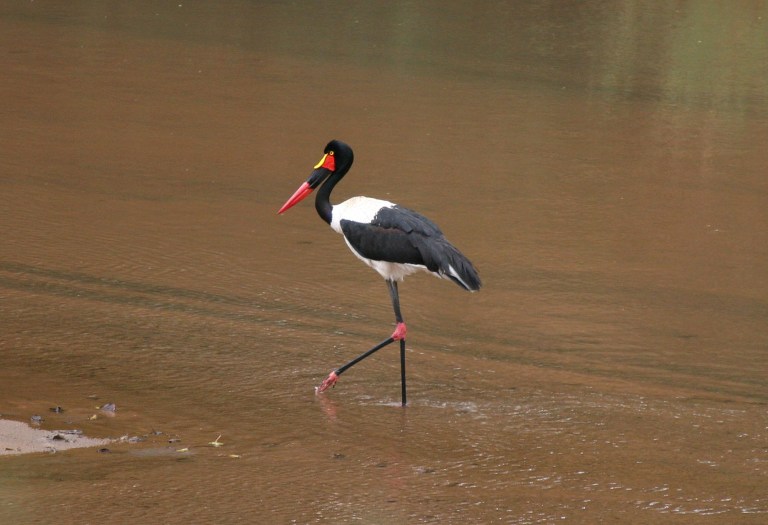

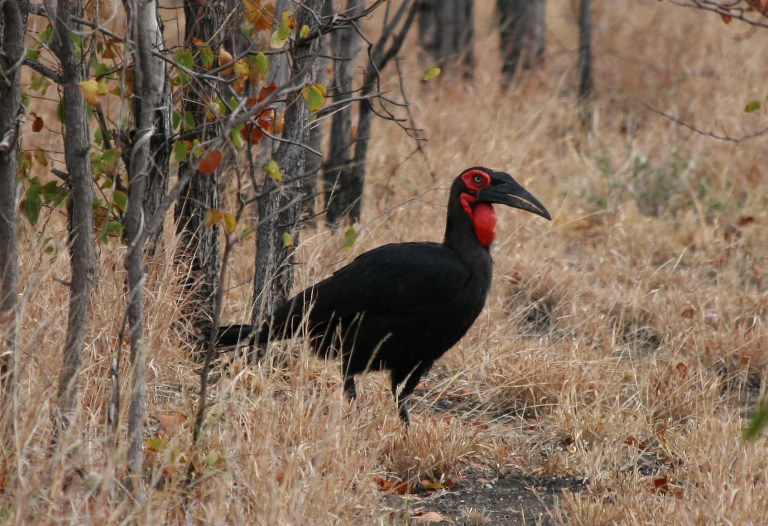
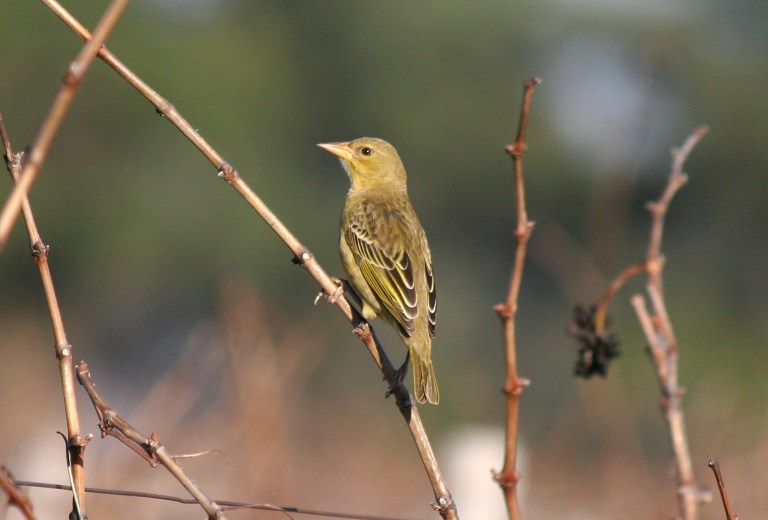
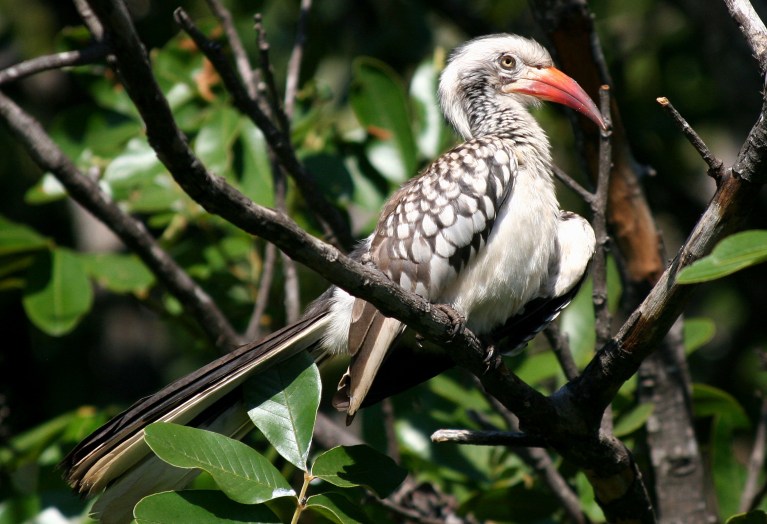
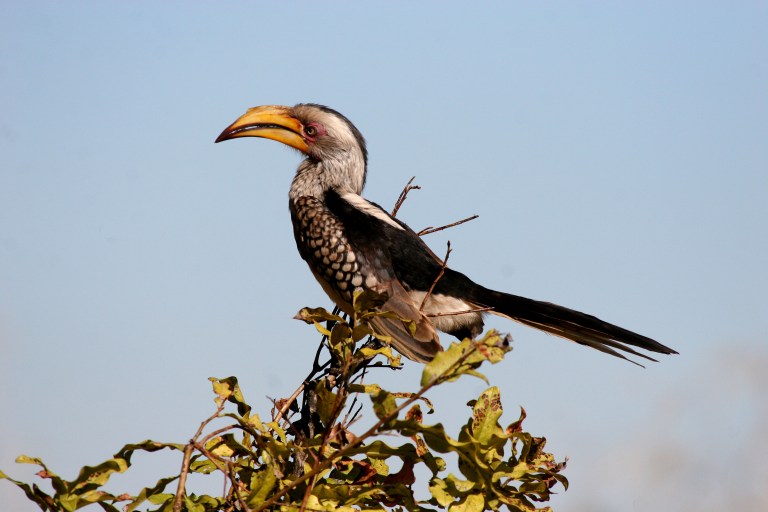
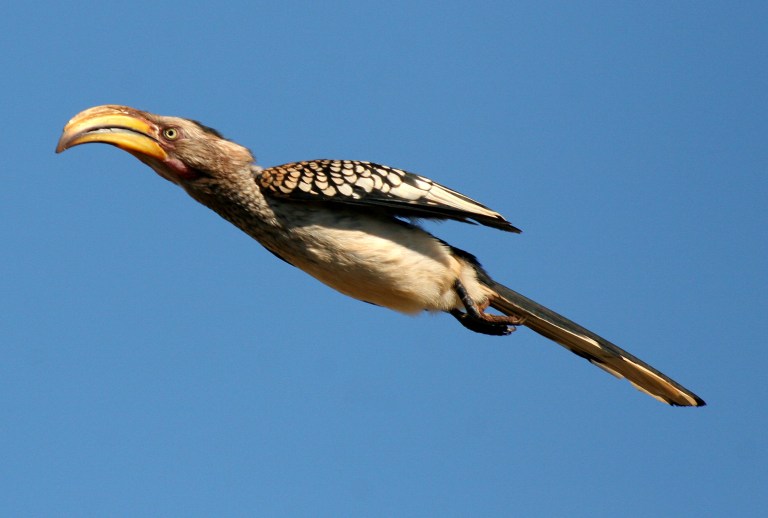
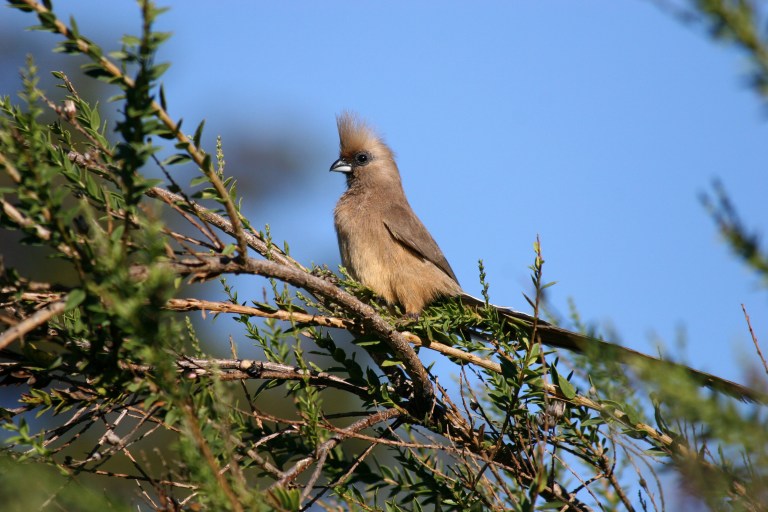
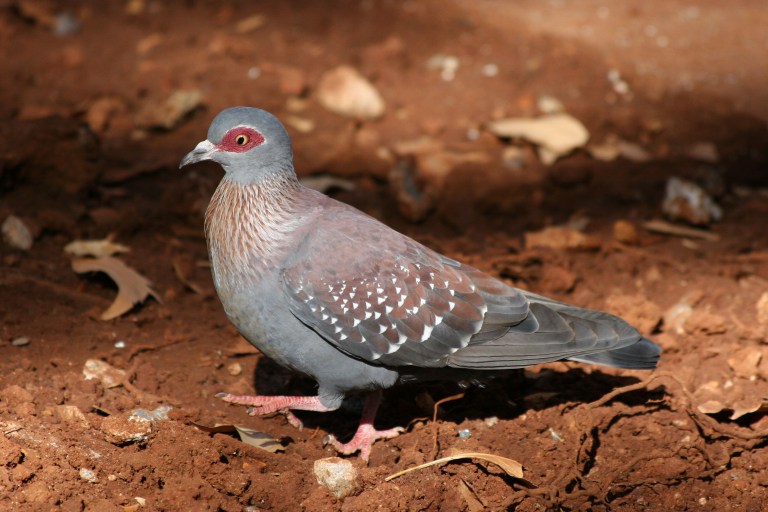
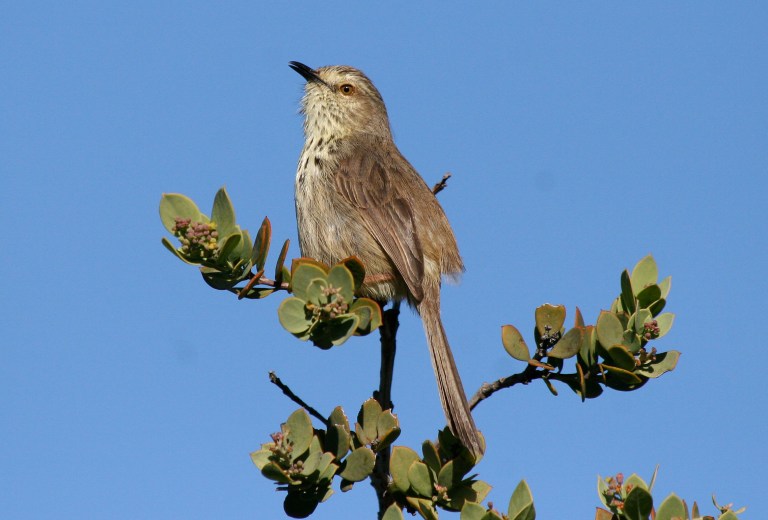

Lovely photos.
Thank you.
Amazing diversity in the bird world! Wonderful pictures all, but I find the saddle-billed stork captivating.
Love the stork! Wondering what would select for red ankles?
Always good! Hornbills may be the most Dinosaur-like among the modern Dinosaurs.
My thought too – dinosaurs.
Me – three, dinosaurs.
What a great collection of birds! What a place to visit.
Some very intriguing birds out there.
Thank you!
Beautiful photos of lovely birds.
I must say, “Red-eyed Dove” sounds like an expression for someone who claims to want peace but is secretly looking for the opportunity and preparing to attack someone.
As always, great pix. I was especially struck by the many “red-something” birds, including several, like the stork, that didn’t have red in their name.
GCM
Beautiful!
> Southern Yellow-billed Hornbill flying
That is one scary looking bird in that photo!
Lovely bird photos! Thank you!
A day late, but most welcome. Thanks for another wonderful assortment.
Thanks for these photos and thanks for all the Hornbills!
What richness… enthralling.
Thanks for another set of stunning photos!
Yes, thank you, and sorry for my lateness again. Your Hornbill pictures inspire me to guess at the functional significance of such a huge and curved bill (do any other birds have similar ones??), and then to go read up on it.
All the hornbill species build their nests in natural hollows in trees. The entrance to the nest is sealed by the female from the inside, leaving only a narrow vertical slit. The long bill enables the male to provide the female with food through this slit.